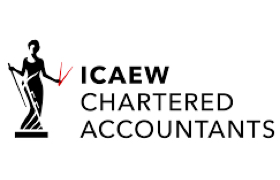Capital Allowances – does your building qualify?
- 25th August 2021
Some recent tax cases have changed how certain buildings/structures could be viewed from a capital allowance perspective.
Between 2012 (when Industrial Buildings Allowances (IBAs) and Agricultural Buildings Allowances (ABAs) were withdrawn) until late 2018 (when the Structures & Buildings Allowance (SBA) was introduced) no tax relief was available on the cost of buildings and structures, although capital allowances could be claimed for certain costs within a building, if these qualified as plant and machinery.
Although the SBA is now available, it is at a significantly reduced rate compared to plant and machinery allowances.
However, some recent tax cases have changed how certain buildings/structures could be viewed from a capital allowance perspective.
In 2019 there was a First Tier Tribunal (FTT) tax case that found a building specifically constructed to store and dry grain could qualify as a single piece of plant and machinery for capital allowance purposes.
In recent months, a further FTT tax case found that a building, specifically built to store and keep potatoes cool and dry, qualified as a single piece of plant and machinery for capital allowance purposes. This same tribunal found that this building was also a ‘cold store’, and had it not qualified under the heading of a ‘silo for storage’ it could have qualified under this heading instead.
Whilst these FTT cases are not binding, the fact that there are now two cases so similar is encouraging.
The buildings in these cases were very specialist. It is not the case that you can use any building to store grain or vegetables and claim it is plant and machinery. It has to be designed to perform a specific function too, such as the drying/cooling in these examples. Indicators might be a specialist raised floor, air vents in the walls/roof space designed to work with machinery, specially insulated walls, etc.
It has been accepted that cold stores can qualify for plant and machinery allowances for some time, but this may represent an extension to what might be considered a cold store – for example it had no refrigeration equipment, it was just designed to keep the interior cool, not necessarily at lower than the outside ambient temperature.
It is important to note that there is no time bar for capital allowances in terms of claiming historic costs. If there have been previous IBA/ABA claims this may be a barrier, but generally, if a person still owns and uses a qualifying building then a claim may be possible, even if the building was acquired many years before.
So, if you own any buildings which are specialised and used for storage, that may be considered to be performing a ‘function’ within your business, it is worth getting in touch to find out if you may be eligible to claim.
Any news or resources within this section should not be relied upon with regards to figures or data referred to as legislative and policy changes may have occurred.



